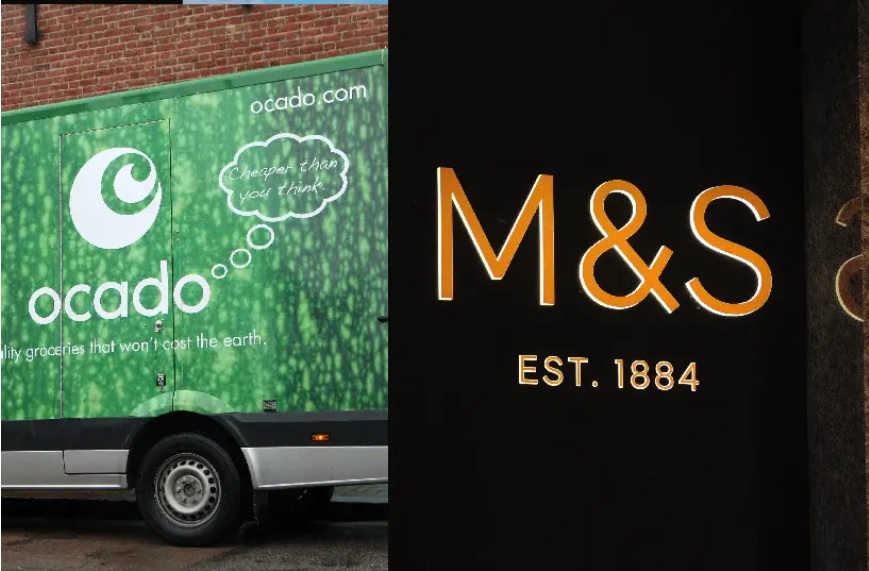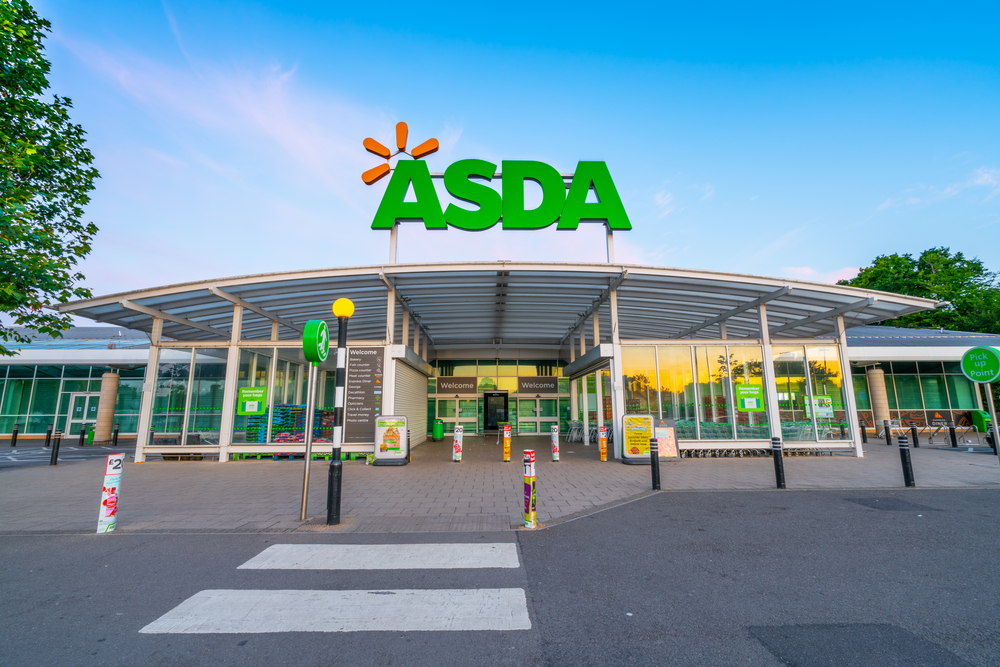After nearly two decades, Ocado is set to part ways with upmarket grocer Waitrose to commence a long-awaited partnership with Marks and Spencer.
The partnership, which starts at the beginning of September, will see M&S take its first significant step in offering home delivery for its food and grocery business while also having access to Ocado’s technology and delivery logistics.
To mark its farewell, Waitrose launched a social media marketing campaign earlier this month to raise awareness in an effort to encourage loyal shoppers to shop on its own website.
It's been quite a partnership, but on 1 September we're parting ways with @Ocado – all Waitrose products will only be available in our stores and at https://t.co/YTETR3AwAX pic.twitter.com/hxuFNr6Lcz
— Waitrose & Partners (@waitrose) August 24, 2020
Meanwhile, M&S launched its Remarksable campaign to persuade customers to do their weekly shop at one of many M&S Food stores, with hundreds of prices slashed.
The stakes are high. The impending partnership was first revealed in February 2019 when M&S spent £750 million to buy a 50 per cent stake of Ocado’s retail arm, to which it would supply its groceries. At the time, M&S shares fell by 12 per cent as investors raised concerns that the retailer had overpaid for access to Ocado’s technology and delivery network.
M&S’s chairman Archie Norman and chief executive Steve Rowe are hoping the new deal will play a significant and positive role in the retailer’s ongoing turnaround strategy – especially since they recently confirmed plans to axe 7000 jobs as part of a cost-cutting strategy. In addition, M&S’s food division has long struggled to become a preferred grocer for Brits, and its absence from the fast-growing online market has long held it back.

The M&S-Ocado partnership is already ahead of the Waitrose deal. With Waitrose, the Ocado venture was supply-only, meaning Waitrose had no stake in Ocado itself and was only responsible for providing products for delivery. But with M&S, Ocado agreed split 50-50 share in Ocado Retail, meaning M&S has skin in the game. And for Ocado, the responsibility for execution no longer sits purely on its shoulders.
However, M&S stores were losing footfall due to the Covid-19 pandemic, and with footfall in general still sluggish since lockdown ended, the M&S-Ocado deal presents a risk of losing further footfall to online as consumers increasingly find comfort and ease in shopping for M&S grocery from home.
“The move into online grocery by M&S comes at just the time when food sales in many of its physical stores, in particular those located in city centres and business district, or in travel hubs, such as airports and railway stations have plummeted because of Covid-19 lockdown restrictions and many people working from home,” Nottingham Business School research associate Nelson Blackley told Retail Gazette.
Despite the risk, M&S is going ahead with providing 6000 product lines to Ocado, including its ready meals, groceries and fresh produce. At least 5000 lines will already be available to order for delivery from September 1, the first day of the M&S-Ocado partnership.
Earlier this year, M&S partnered with Deliveroo, which involved 142 M&S franchise stores offering a range of 130 food and household items in an effort to capitalise from the increase in online grocery shopping during lockdown. M&S is now faced with the challenge of increasing its grocery market share – both online and in general terms. For perspective, Waitrose made up about a quarter of Ocado’s grocery sales during its 18-year venture.

Yet customer loyalty has been shifting – particularly since the pandemic has driven consumers to shop online. Major supermarkets – even the likes of the Big 4 giants – endured setbacks from the lack of available delivery slots, which subsequently had an adverse impact on customer loyalty.
“M&S may have the opportunity to operate differently to its competitors, but it will have to focus on competing hard – firstly to turn the heads of Waitrose customers and secondly to grow organically,” said Simon Geale, senior vice president of business management consultancy Proxima.
“They have already made headway in where they plan to compete initially, which is quality and price.
“The marketeers and data teams should be working overtime to retain customers, win new ones, and ensure the new product mix is delivering results.”
Suzi Bentley-Tanner, strategy director at consultancy Engine Transformation, said the new partnership provides M&S with its own internet-based delivery service – something that most other big food retailers have offered for years.
“This is a positive step towards M&S transforming the business to the benefit of customers”
“By integrating with Ocado’s excellent app and website experience, M&S will leap directly to the cutting edge of digital technology,” she told Retail Gazette.
“Not only will the Ocado partnership broaden customer access and reach, it also has the potential to encourage customers to do their regular food shop with M&S – rather than considering it a special treat – with many products providing more value than their Waitrose equivalents.
“This is a strong and positive step towards M&S transforming and modernising the business to the benefit of customers.”
Jake Knowles, senior retail consultant at BJSS, said it was “intriguing” that M&S set itself the challenge of causing a dramatic shift in consumer perception of its food brand with its Remarksable campaign.
“Traditionally seen as a ‘treat’, a ‘top-up’ or for a special occasion, this deal seeks to transform M&S into the go-to place for the middle class weekly, family shopper,” he explained.
“The numbers speak for themselves: M&S’ average basket value currently sits around the £13 mark, whilst Ocado’s baskets average over £100 each, this demonstrates not only the current difference in perception but also the attractive growth prospect that tempted M&S into bed with Ocado in the first place.
“With limited customers usually living near a large M&S store and with Ocado initially selling 6000 M&S products, it is hoped that the ‘halo effect’ of having all these products in one place for the first time for many, will further accelerate the shift in M&S foods’ perception.”
Since the start of the pandemic, the UK online grocery market has doubled in size and now makes up 13.5 per cent of all food sales, according to data from Kantar. This makes the size of the potential prize much bigger than initially perceived. But the execution will be absolutely critical.
With all grocers expanding their delivery slots during the pandemic and Amazon Fresh accelerating its UK operations, suddenly customers are spoilt for choice. This makes M&S’s mission harder. The questions remains how much, if any, profit would be delivered from the Ocado partnership.
Click here to sign up to Retail Gazette’s free daily email newsletter


















